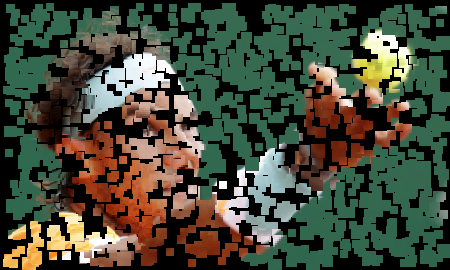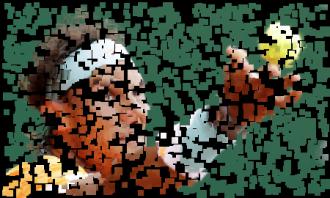
Gourmet Reporter
A magazine reporter is traveling through a rainforest, in search of a fabled cannibalistic tribe. He falls into a trap, goes unconscious and wakes up tied to a stake with a fire burning slowly underneath him.
He cries out for help, and is answered by what is obviously one of the tribesmen, who informs him that he is going to be served as dinner to the leader of the tribe.
"But you don't understand!" he cries, "You can't do this to me! I'm an editor for the New Yorker magazine!"
"Ah," replies the tribesman, "Well soon you will be editor-in-chief!"

